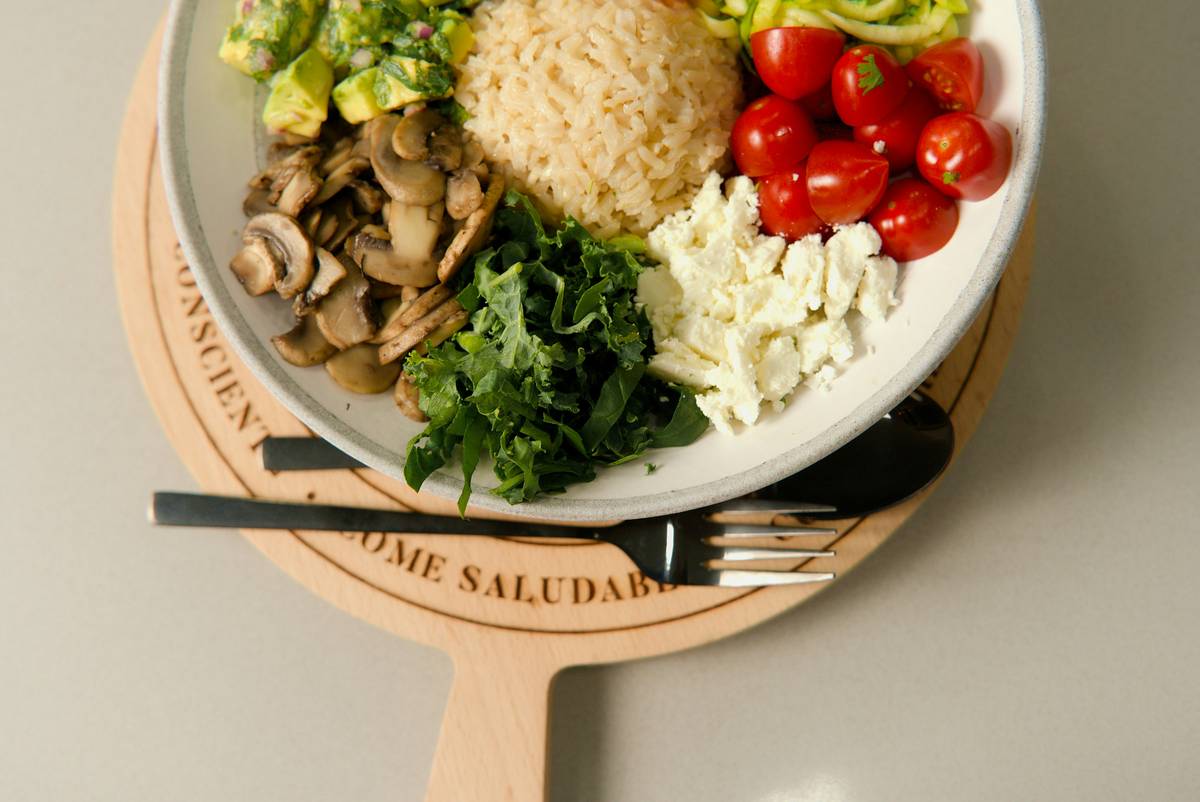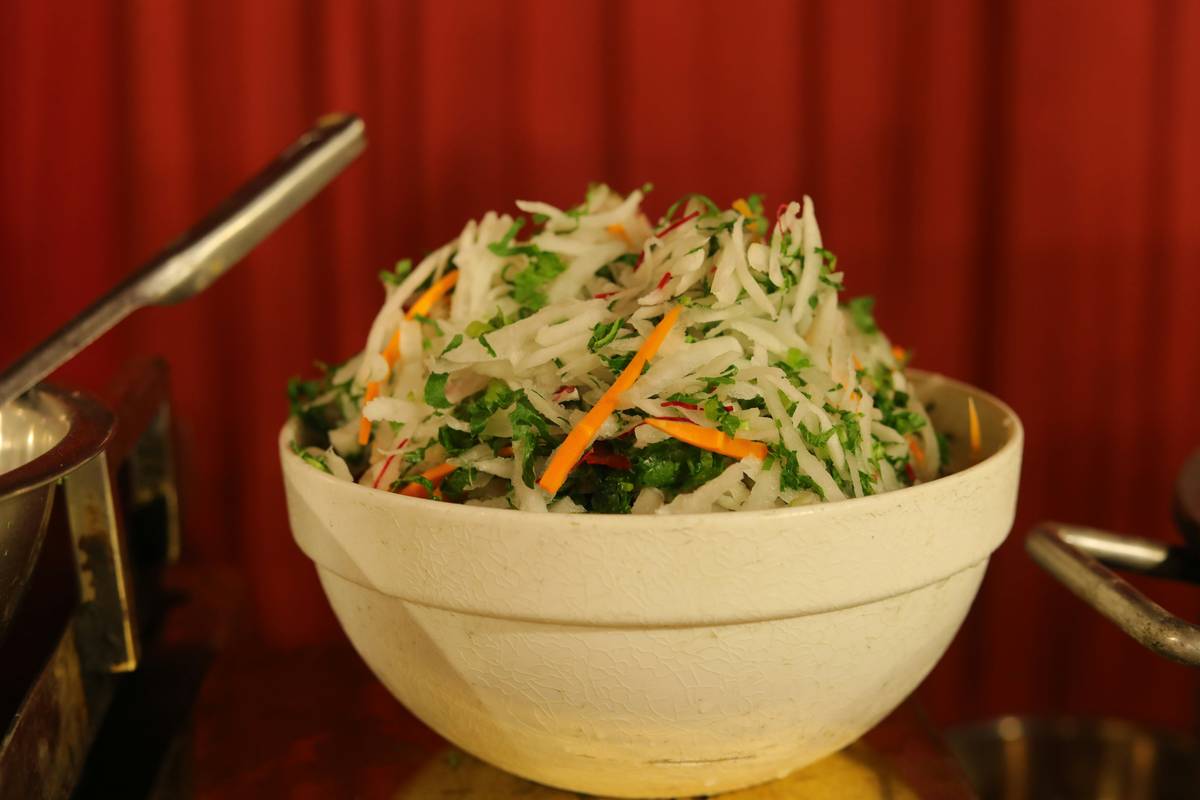“Ever tried diet plans that made you feel more drained than energized?” If yes, chances are your body’s unique needs weren’t being met. Enter Ayurveda—a 5,000-year-old holistic health system that customizes wellness to your individual constitution. And if you’re someone who struggles with weight loss, understanding how the vata dosha works can be a game-changer.
In this guide, we’ll dive deep into the vata dosha diet—what it is, why it matters, and how it can boost both your physical and mental well-being while supporting sustainable weight loss. Get ready: You’ll learn the best foods for balancing vata, actionable tips for meal planning, and even some brutally honest advice about what NOT to do.
Table of Contents
- Key Takeaways
- What Is the Vata Dosha?
- Step-by-Step Guide to the Vata Dosha Diet
- 7 Tips for Following a Vata Dosha Diet
- Success Stories from Real People
- Frequently Asked Questions About the Vata Dosha Diet
- Conclusion
Key Takeaways
- The vata dosha governs movement in the body; imbalance often leads to bloating, dry skin, constipation, and difficulty maintaining weight.
- A vata dosha diet emphasizes grounding foods like warm soups, stews, root vegetables, healthy fats, and spices.
- Eat according to the seasons, prioritize mindfulness, and avoid processed foods to balance vata effectively.
- Avoid overdoing raw salads or cold beverages as they increase vata imbalance.
What Is the Vata Dosha?
Imagine your body as an orchestra—the vata dosha is the conductor. Governed by air and ether elements, vata regulates everything from blood flow to nerve impulses. When vata’s balanced, you experience vitality, creativity, and clarity. But when it goes out of whack? *Cue chaos.* Think bloating, irregular digestion, dryness, anxiety—and yup, stubborn weight gain.
“Optimist You:” ‘Balancing my vata will solve all my problems.’
“Grumpy You:” ‘Yeah, right, but first I have to give up ice cream?!’

Here’s a confession: My vata went haywire last winter after indulging in too many kale smoothies and black coffee (a classic “terrible tip” moment). The result? Chronic fatigue, gas, and emotional snacking galore. So, let me save you from making similar mistakes—read on for the ultimate reset.
Step-by-Step Guide to the Vata Dosha Diet
Step 1: Eat Warm Foods Only
Cold salads might seem healthy, but for vata types, they’re kryptonite. Focus on warming dishes like oatmeal, lentil soup, or roasted sweet potatoes. These foods calm vata and improve digestion.
Step 2: Incorporate Healthy Fats
Vata thrives on nourishment. Add ghee, avocado, olive oil, and nuts like almonds to stabilize your energy levels and satisfy cravings without overeating.
Step 3: Embrace Sweet, Sour, and Salty Flavors
Sweet fruits (think dates), sour ingredients (like lemon), and sea salt work wonders for pacifying vata. Spices such as ginger, cumin, and turmeric are also fantastic additions.
Step 4: Stick to Regular Meal Times
Skipping meals disrupts vata. Aim for three square meals daily at consistent times—your metabolism will thank you.
Step 5: Stay Hydrated (But Avoid Ice Water)
Rather than gulping down icy water, sip warm herbal teas throughout the day. Mint, fennel, and licorice tea are amazing choices.

7 Tips for Following a Vata Dosha Diet
- Prioritize Grains: Cooked grains like rice, quinoa, and millet provide stability.
- Limit Processed Junk: Chips, crackers, and sugary snacks exacerbate vata imbalances.
- Mindful Eating Matters: Chew slowly and savor each bite to aid digestion.
- Avoid Nighttime Stimulants: Ditch caffeine post-3 PM to support restful sleep.
- Get Enough Sleep: Vata gets aggravated by exhaustion—aim for 7-8 hours nightly.
- Create Routine: Structure reduces stress—one major trigger of vata imbalance.
- Move Gently: Opt for yoga, tai chi, or long walks instead of high-intensity workouts.
Success Stories from Real People
Sara, a busy professional in her late 30s, struggled with fluctuating weight and constant bloat. After adopting a vata-focused diet—rich in root veggies, home-cooked beans, and golden milk lattes—she noticed significant improvements within two months. “It wasn’t overnight magic,” she admits, “but sticking to the routine truly paid off.”
Meanwhile, Mark swapped his morning bagels for spiced oatmeal topped with sliced bananas. He says the change cut his midday sugar crashes and kept him fuller until lunch—an essential win for curbing snack attacks.

Frequently Asked Questions About the Vata Dosha Diet
Can I eat meat on a vata dosha diet?
Yes, but opt for lighter proteins like chicken, turkey, or fish rather than heavy red meats. Always cook them thoroughly and season generously.
Will drinking alcohol mess up my vata balance?
Alcohol increases vata, so moderation is key. Swap cocktails for herbal teas or non-alcoholic mocktails.
How quickly will I see results?
While everyone’s journey differs, most notice subtle shifts—like reduced bloating or improved mood—within weeks. Long-term benefits depend on commitment.
Conclusion
Balancing your vata dosha isn’t just another fad diet—it’s a lifestyle rooted in ancient wisdom tailored to modern living. By embracing nourishing foods, mindful routines, and a little patience, you’ll unlock newfound energy, balance, and yes, even weight loss success.
To recap:
Eat warm, stay hydrated, embrace routine, and banish processed junk. Your body will thank you.
And remember: Like Simba reclaiming Pride Rock, you’ve got this!
Final Easter Egg Haiku:
Warm roots fill the bowl,
Ghee melts through every bite—
Vata whispers thanks.


